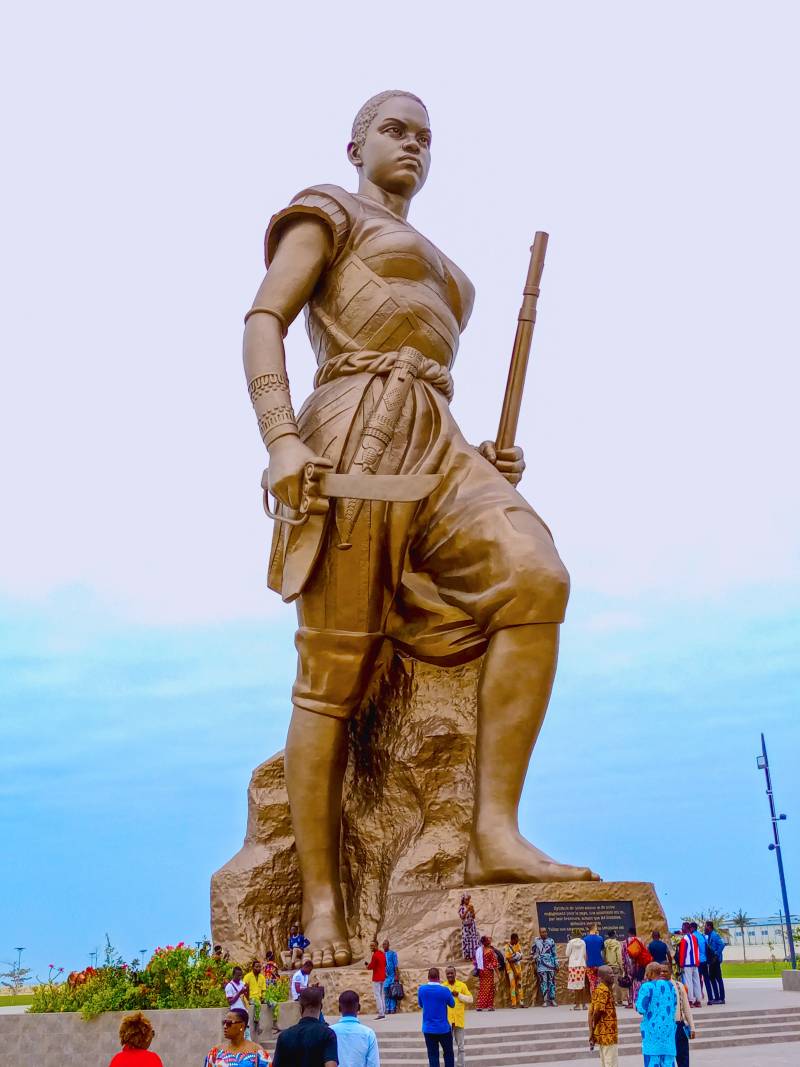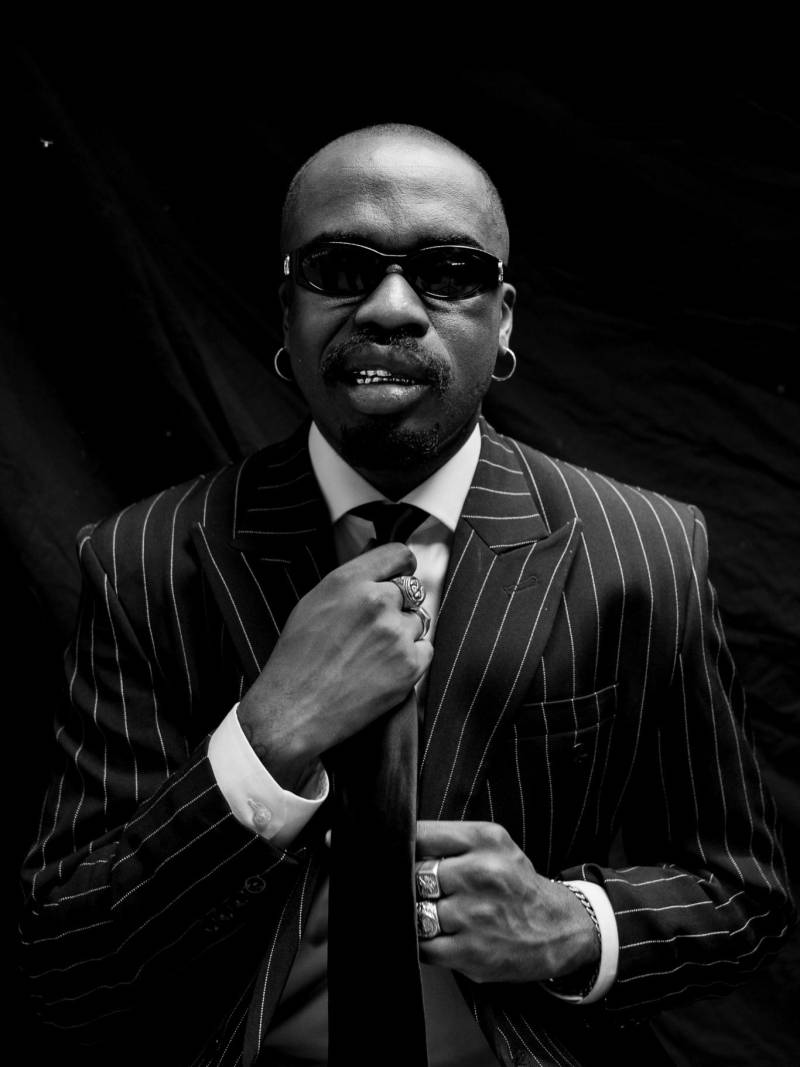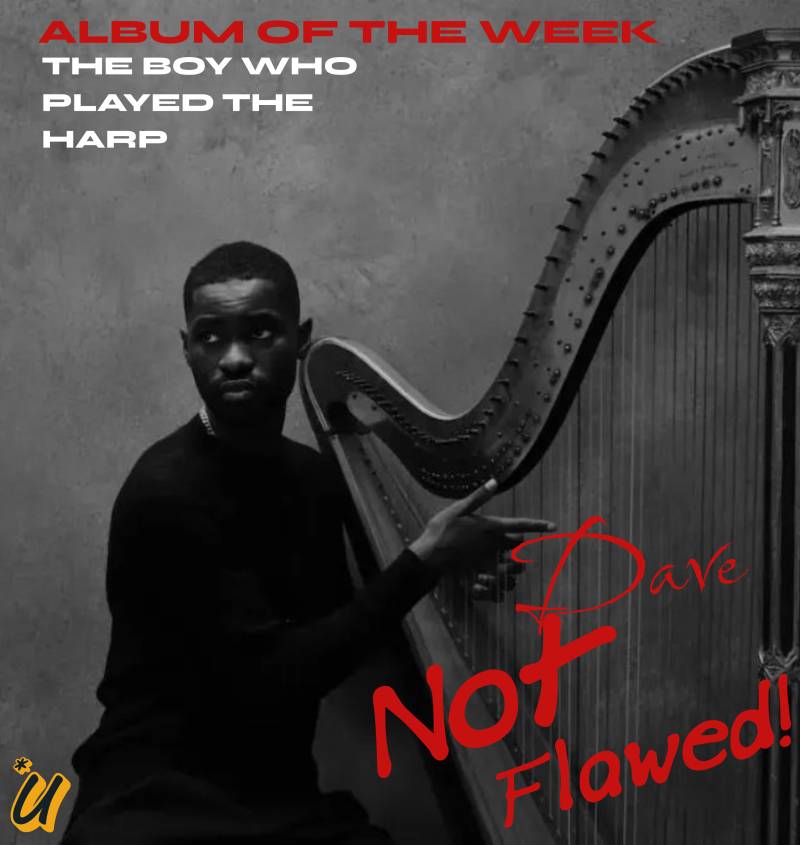A 30-meter-tall structure known as the Benin Amazone is located next to the Marina Palace in Cotonou City. This month saw its unveiling, and it demonstrates the pride this tiny West African nation has in its past, which is gradually emerging from the rubble of colonial injustice and the rewriting of history.
The little nation in west Africa previously served as the capital of the formidable regional kingdom known as the Kingdom of Dohamey. The nation is ever more ready to honor its great figures and past.
The statue was created by Chinese artist Li Xiangqun and depicts an Agoodie or Minon, a word for members of a local military corps made up exclusively of women. The Dahome (or "Danxome") Kingdom engaged in military operations against its foes for about 200 years, and the Agoodie were both renowned and feared for their valor.
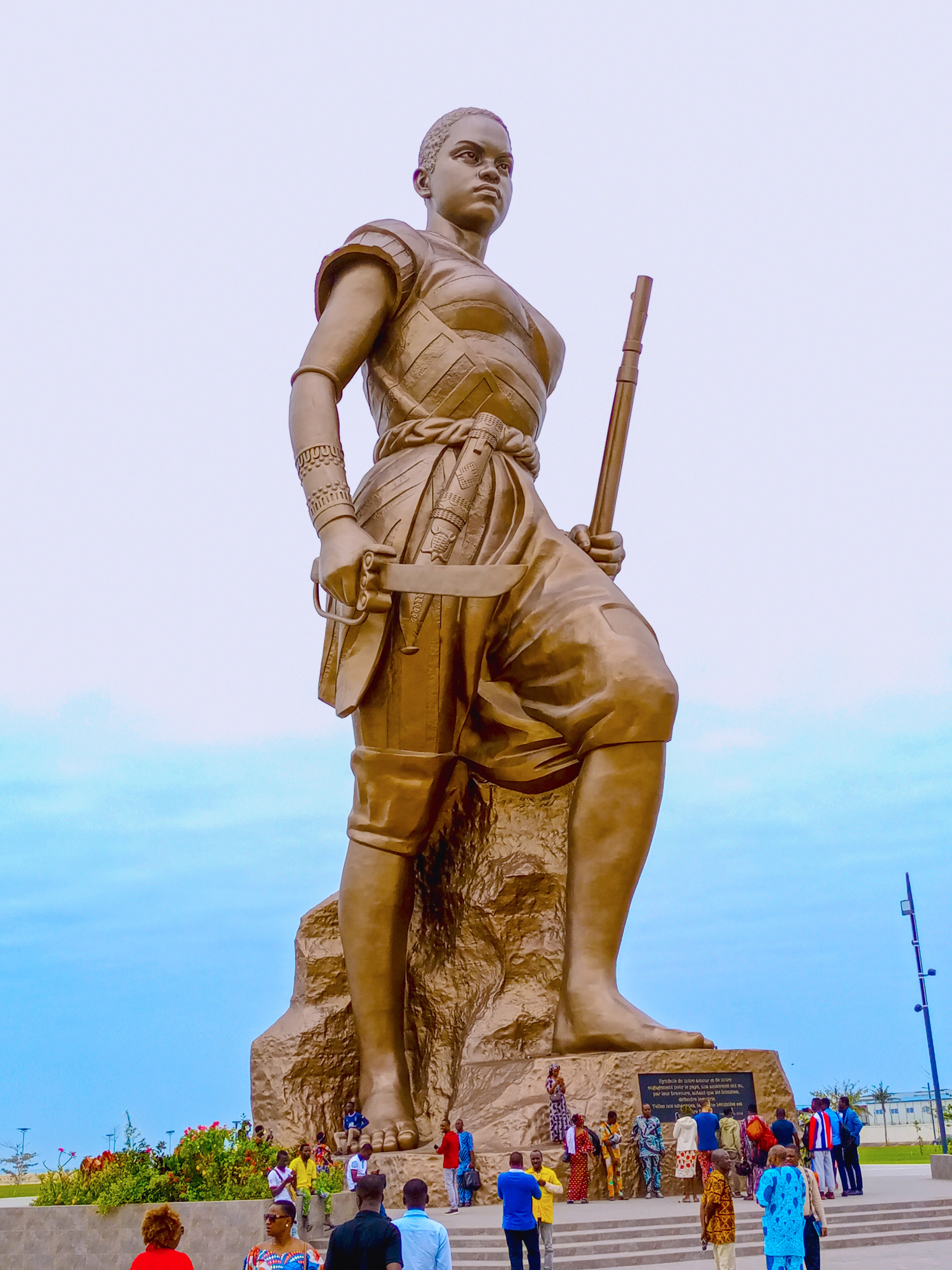
The women's corps developed under Wegbaja's son Agaja from humble beginnings as King Wegbaja's elephant hunters in the late 1600s, and they were crucial to King Gezo's territorial expansion in the 1850s when the kingdom spread across the majority of what is now Nigeria. About 6,000 members made up the organization, which gained a reputation for being vicious and violent.
The government announced the project's launch in a press release in 2019. "The Amazon Monument seeks to develop a powerful identification symbol for Benin and consists of erecting a symbolic work in respect to the Amazons of Dahomey.
Dahomey fought the French as they were enlarging their colonial power in West Africa at the end of the nineteenth century. The Agoodie played a crucial role in the kingdom's fight to repel French army assaults, but they were helpless against French musket fire.
The Agoodie engaged in their final conflict on September 19, 1892, near Dogba, a town in what is now southern Benin. The French military's defeat of Dahomey resulted in the collapse of the kingdom and the dissolution of the "Agoodie." In 1894, Dahomey became a French colony.
The Republic of Dahomey was created on August 1, 1960, after regaining independence from France. The People's Republic of Benin was given its current name on November 30, 1975, by the socialist regime in control at the time. This name change was done to honor the influential Kingdom of Benin, which ruled over what is now Nigeria from the 13th to the 19th centuries.
READ ALSO: William Ruto Claims Victory In Kenyan Presidential Election Amid Dispute
The monument has drawn widespread attention, particularly on social media.
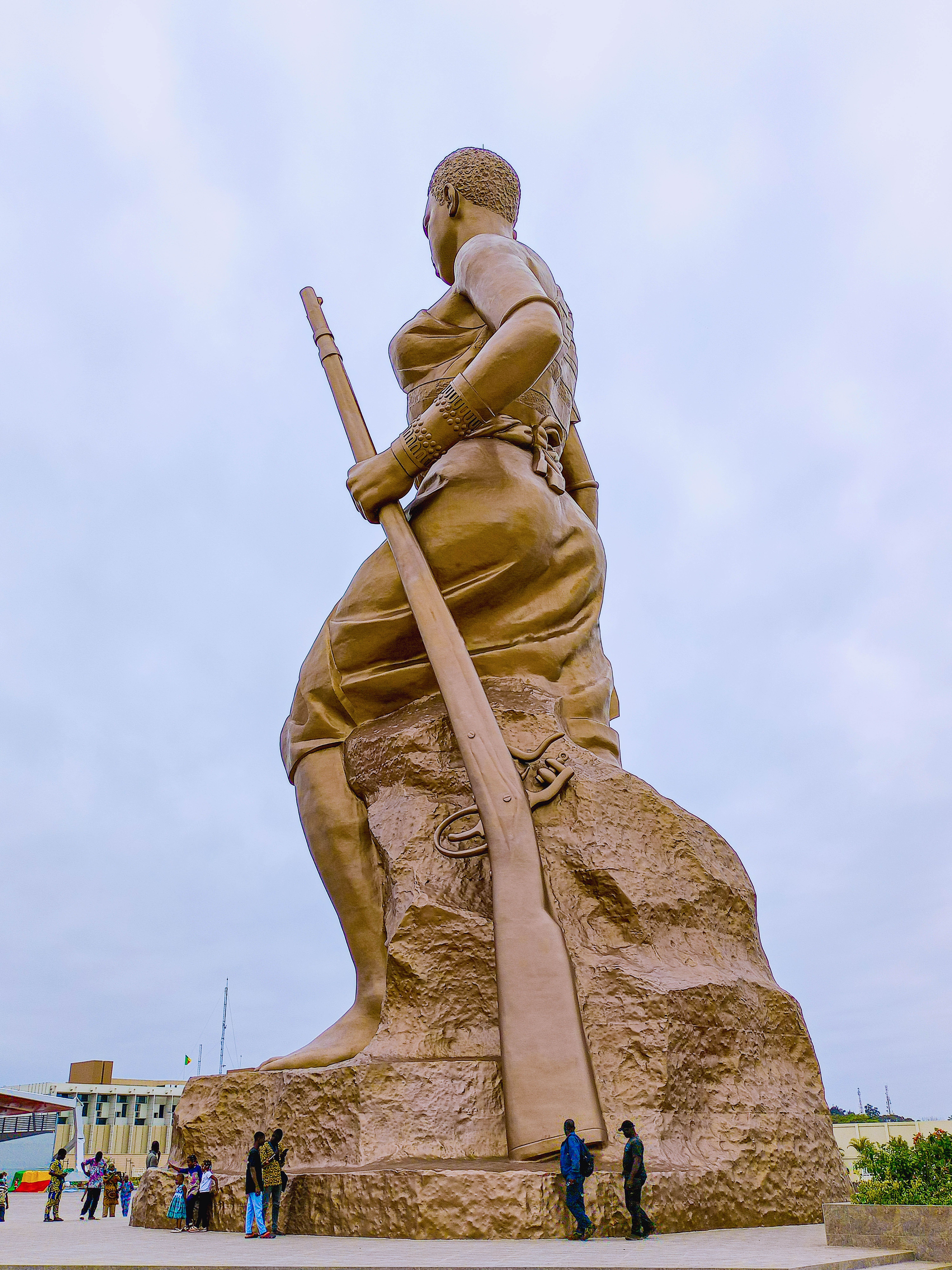
“How did I feel at the inauguration of this statue? It must be said that there was already great enthusiasm and a particular euphoria as soon as the first images of the statue were revealed. As Beninese, we feel proud that the story of these brave Amazons is placed at the heart of the country’s development,” says Zevouno Marco, a 29-year-old data analyst living in Cotonou, in a social media exchange with the bird story agency.
According to Zevouno, there is no doubt that the statue resonates widely with the Beninese.
“Any particular effect on me and the people around me? Of course it did. Just look at how we talked about it on social networks and all over the country. On the evening of Independence Day, many people were at the foot of the statue to take pictures and contemplate,” he said.
“I would even say that it’s our “Statue of Liberty,” he further stated.
“The Amazons represent a large part of the glorious history of Dahomey, and to see a statue in their honour has only made the people happy,” he concluded.
Mohamed, a student living in Cotonou, shared the same positive view of the monument. “Some people believe that such a project is a waste of resources,” he said, but went on to say he was convinced that erecting the monument in Cotonou was positive for the country and for women.
“The statue reflects success and pride. It’s also a symbol of the Beninese woman,” he said.
The statue’s inauguration is widely seen as an important step in a drive to rehabilitate and decolonise the country’s history. Another figure unveiled on the same day depicts Bio Guera, who led several uprisings in northern Dahomey before being arrested and beheaded by the French colonial rulers in December 1916.
